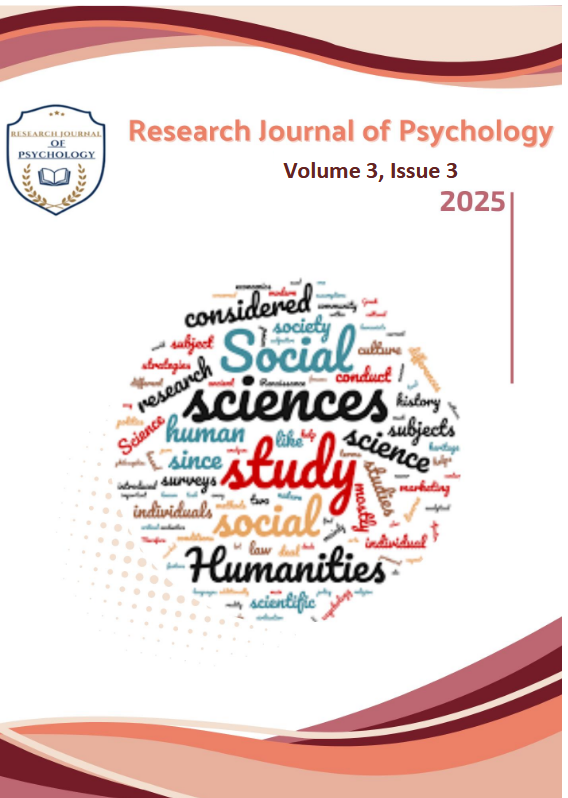Exploring Cognitive Overload, Social Conformity, and Emotional Labor in the Age of Social Media among Pakistani Professionals
DOI:
https://doi.org/10.59075/rjs.v3i3.194Keywords:
Burnout, Cognitive Overload, Emotional Labor, Social Comparison, Digital Stress, Organizational Sector, Pakistani ProfessionalsAbstract
As social media becomes increasingly integrated into work life, this study examined the mental costs of using digital tools at work for Pakistani professionals. It focused on cognitive overload, emotional labor, and social comparison as signs of job burnout. The study employed a cross-sectional design with 223 participants to test a moderated mediation model and compare the groups. The results showed that cognitive overload was a strong predictor of burnout, and emotional labor played a small role in this connection. Additionally, comparing yourself to others on social media exacerbates the link between emotional labor and burnout, suggesting that digital comparisons can worsen the situation. Employees in the public sector reported much higher degrees of burnout than those in the private sector. Male professionals also had more emotional repression and cognitive stress than female professionals. These results highlight the importance of organizations establishing guidelines for digital wellness and providing training on emotional management. Culturally sensitive therapies that deal with gendered norms and pressures that are specific to certain sectors are especially important for reducing burnout in workplaces that are full of technology.
Downloads
Published
How to Cite
Issue
Section
License
Copyright (c) 2025 Research Journal of Psychology

This work is licensed under a Creative Commons Attribution 4.0 International License.







